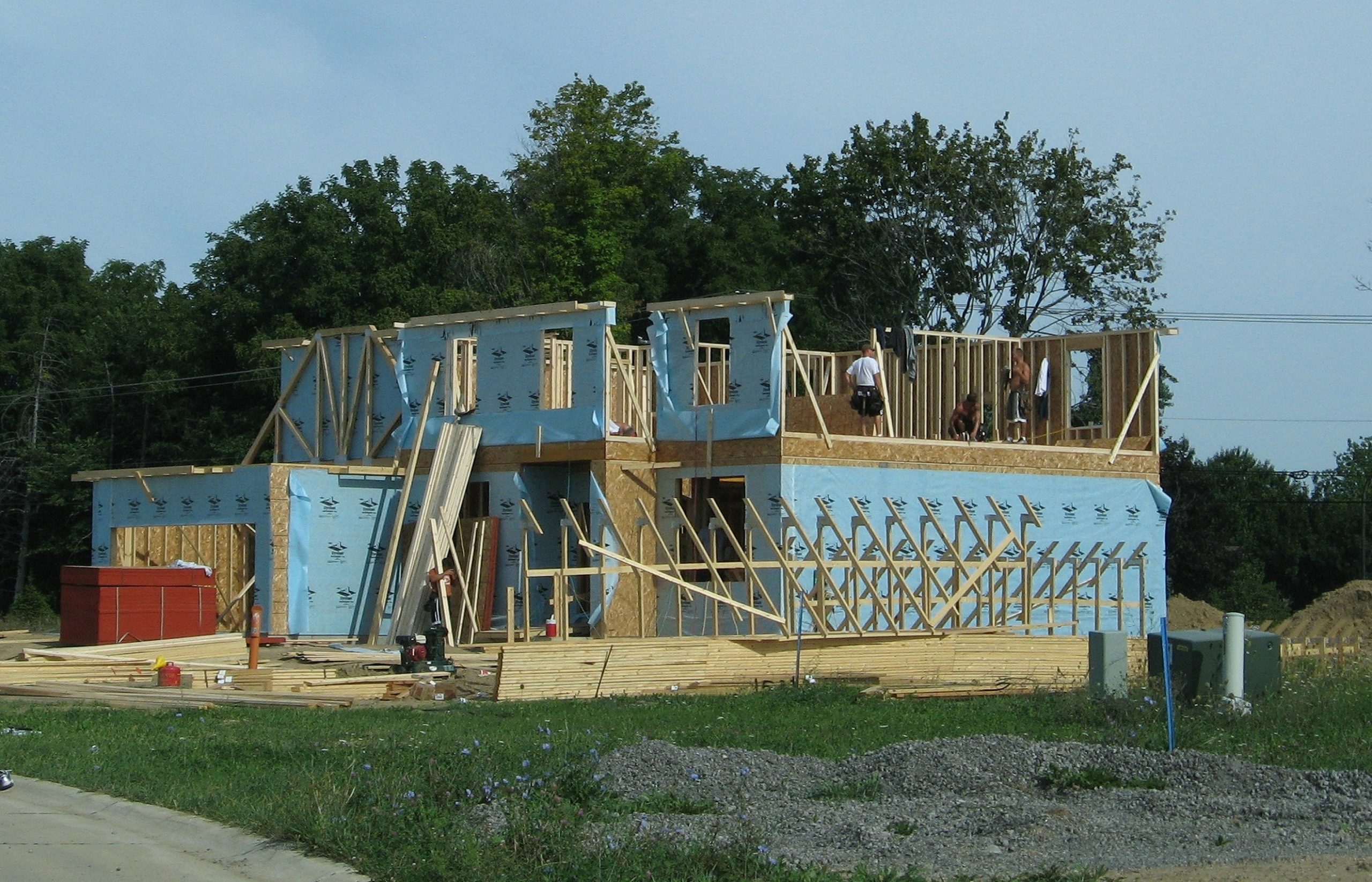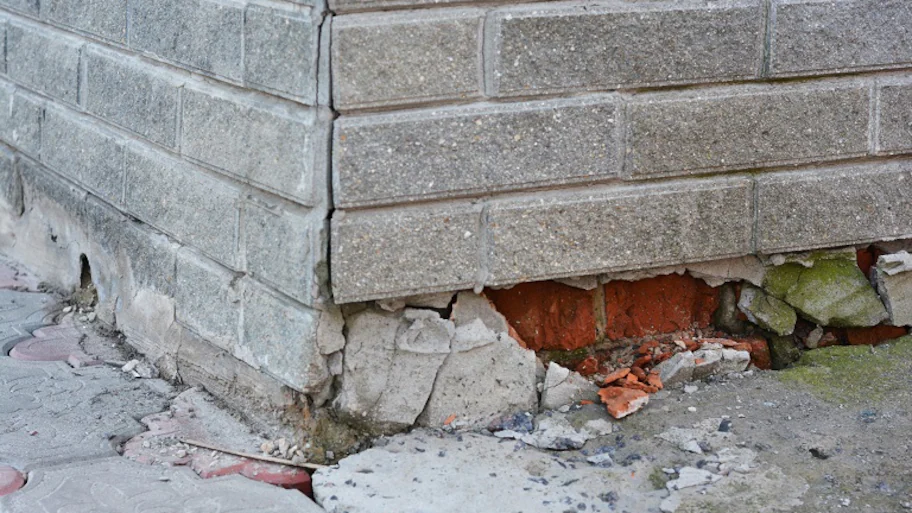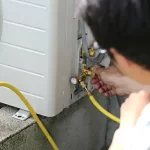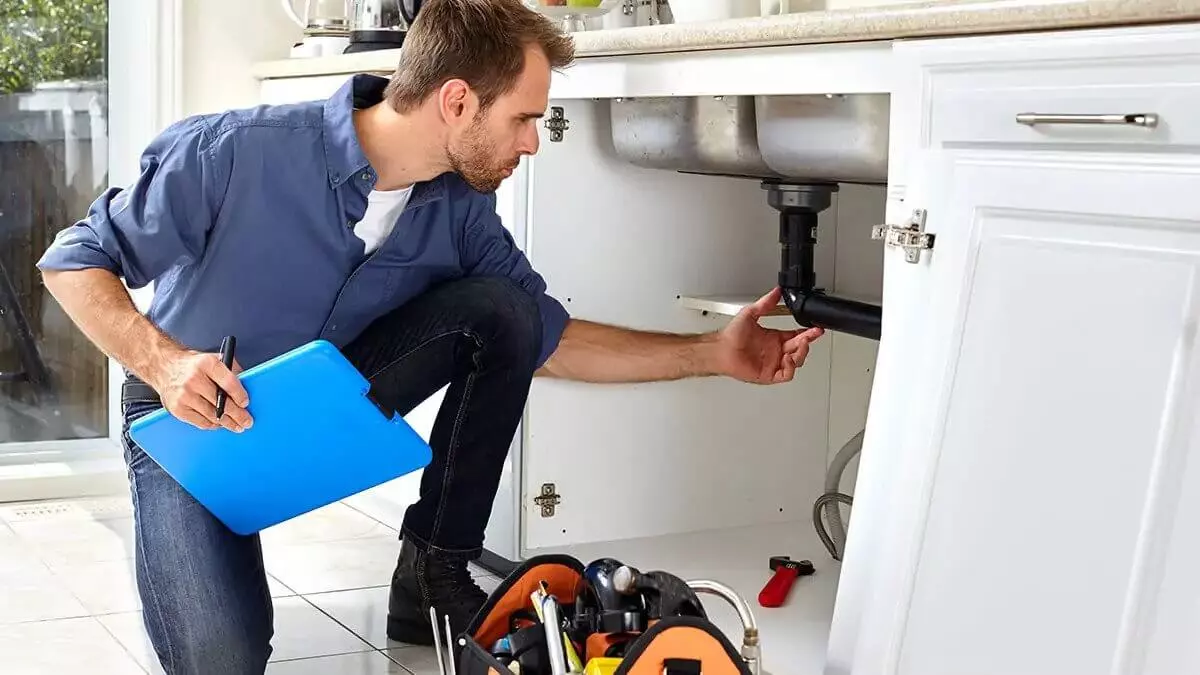Retaining wall repairs are an integral part of a building’s maintenance program. Over time many retaining walls will slump or lean significantly. In many cases the culprit is the addition of soil behind the retaining wall due to lack of proper drainage, making the retention wall more susceptible to tipping over or leaning to a lower level. If this does occur, there are several options available to relieve the tension on the retaining wall. These options range from a full excavation of the retaining wall to the installation of retaining wall railings to help the retaining wall remain in place. This article is going to briefly discuss the benefits and pitfalls of each option.

Excavation – The most traditional method of retaining wall repair, excavation involves the removal of the soil surrounding the structure to reveal the concrete or underlying rock layer. Once the dirt is removed the structure is held in place using steel ties and shoring, and concrete is poured on top of the area. This option is effective, however if the retaining wall is located below grade the soil pressure will be too great and the structure may actually crack.
Seepage – Similar in concept to excavation is seepage. However, this process requires an even deeper digging of the soil for the retaining wall repair project. The difference is that this process can create negative pressure in the base of the retaining wall, causing the retaining wall to tilt and move toward the base of the home. If any of these warning signs occur, there are several ways to address the situation including the installation of bottom drain tiles that will direct excess water away from the foundation of the home. Visiting Atlaspiers.com can be of great help to you in identifying and fixing foundation problems.
Foundation Repair – If soil pressure is a significant issue for the retaining walls you may not be able to correct the problem without the assistance of a structural engineer. Luckily there are several options available to address foundation repair for retaining walls. One of the most common and effective options to remedy the problem is to add footer drain tiles to the sides of the wall. Footer drains are drains located within the footer pits which are dug into the ground beneath the retaining wall. These drains are installed to manage and contain water runoff and channel excess rainwater away from the foundation.
Anchors – Another common reason that retaining wall repairs need to be done is because the wall has become unstable and may settle or shift in certain areas. If this happens your retaining wall may develop cracks or breaks in the foundation or it could even collapse. A good example of when foundation anchor bolts are necessary to install a retaining wall is when the wall has developed cracks in the corners. When the walls begin to settle any expansion or contraction in the wall could cause them to break. This creates the potential of the entire wall collapsing. Anchors are essential in correcting this type of foundation repair.
Sloped Drains – If you have a sloped driveway that does not comply with local building codes, it is recommended that retaining walls to be built to make the driveway safe for driving on. Driveways that have a level surface and proper drainage are safe for walking on even when wet. Without these safety features, a person could easily slip and fall and sustain an injury. Fortunately, if a person does slide and fall, a retaining wall can be built to straighten out the driveway and prevent it from becoming a dangerous hazard.

My name is Author Name. I post about home improvement ideas and how to make your home look beautiful and liveable. I hope my posts will help you with your DIY projects!












